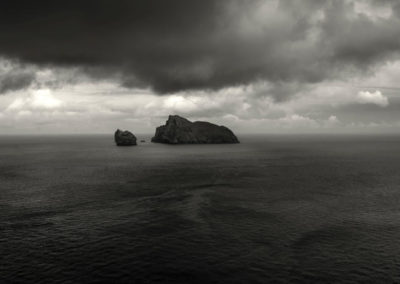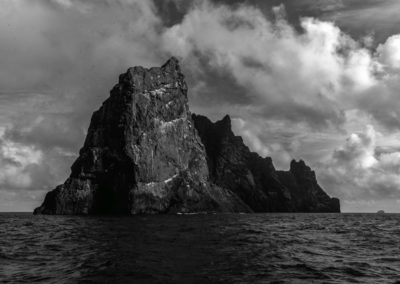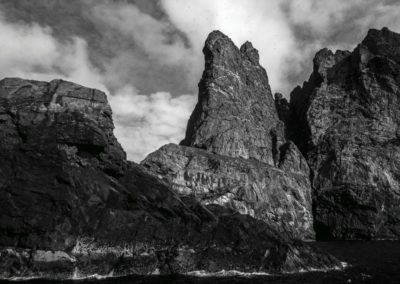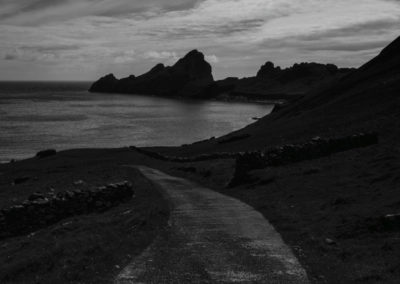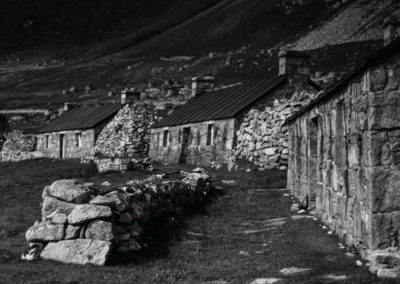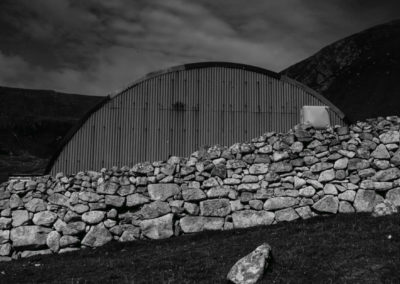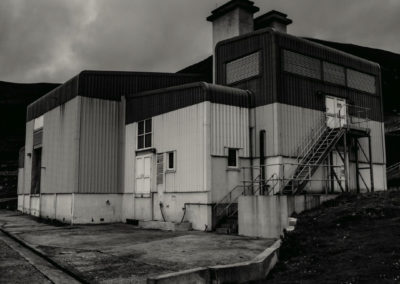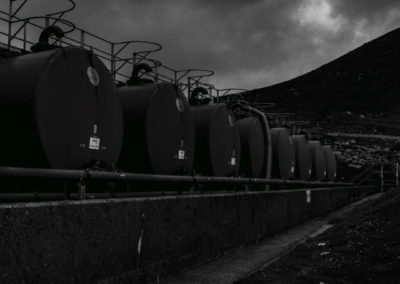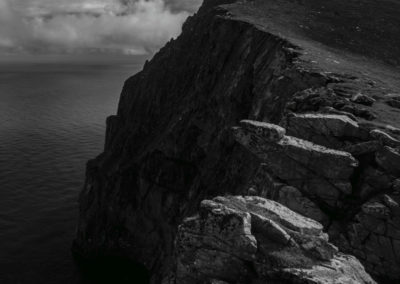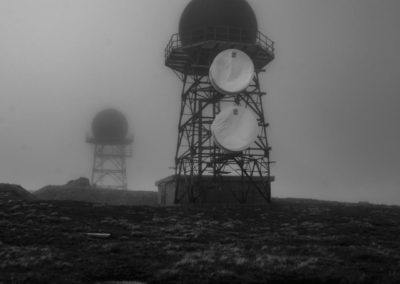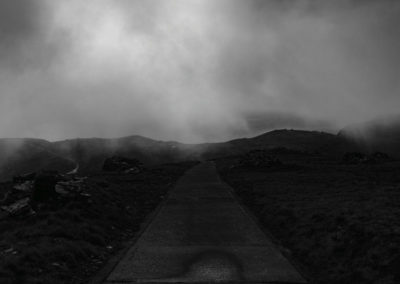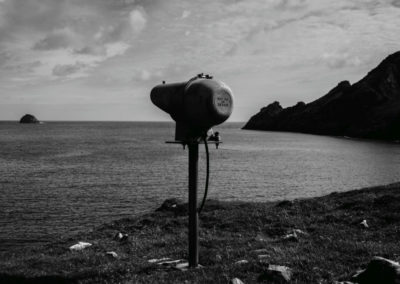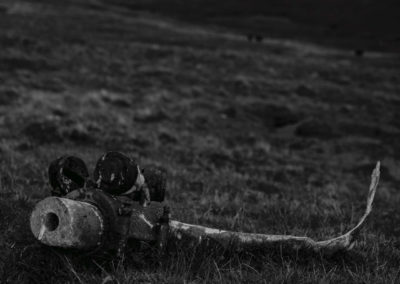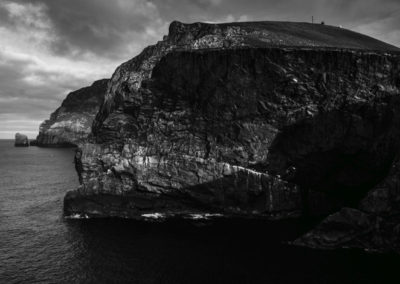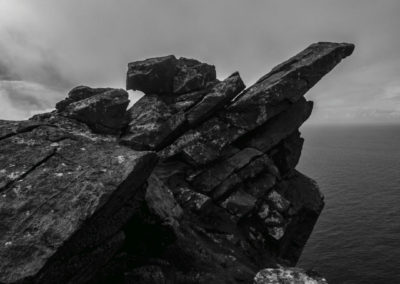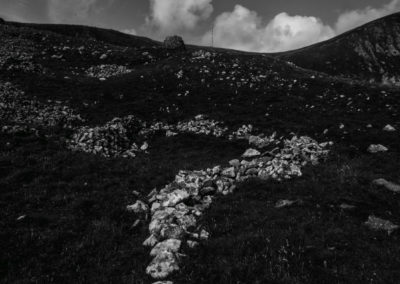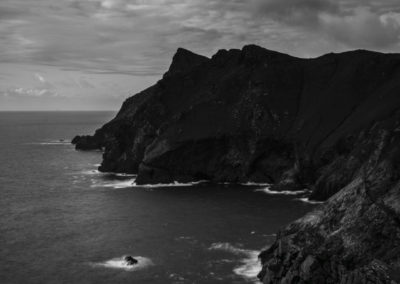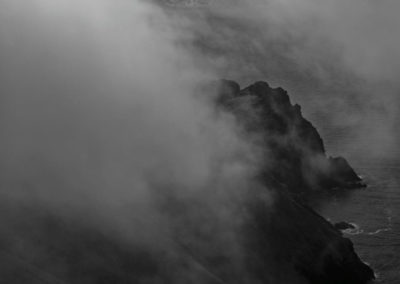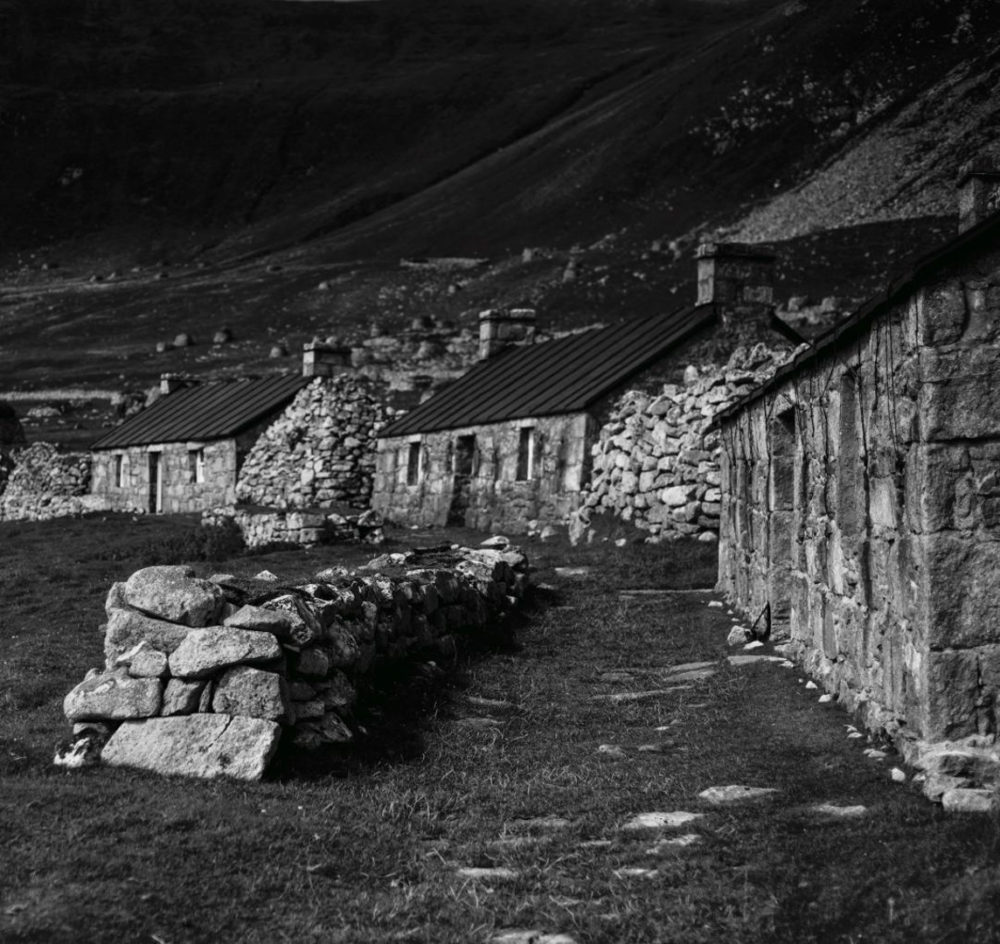
The weight of history is something which cannot be removed from Hirta, part of the St Kilda archipelago, nor should it be. The story of these islands, and how they came to be evacuated in 1930 as the last inhabitants of Village Bay tearfully waved goodbye to their homes, have long been the dominant image in the narrative of the ‘Islands at the Edge of the world’.
St Kilda has interested me from an early age, with the experiences of a great uncle who helped empty and then repair those same abandoned homes as part of a National Trust Work party in the 1960s, and as something else; a living breathing community of soldiers and technicians, engaged in weapons testing.
With a childhood spent on military bases in Germany during the Cold War, and as the son of a soldier whose regiment was actively engaged in drone warfare, often themselves deployed to the Outer Hebrides, I thought of Hirta as more of a far-flung posting than as the site of an abandoned settlement.
Following several failed attempts to visit the islands, in 2013 I was commisioned to document the Isle of Lewis for a project looking at the importance of what lay beneath the surface, the huge carbon reserves of the peat moorlands. St Kilda was now tantalisingly close. With a break in the weather and the promise of calm seas, I finally had my chance to make it out to the islands, on a trip which would give me a few hours on Hirta followed by a journey around Borera and the great broken teeth of Stac an Armin and Stac Lee.
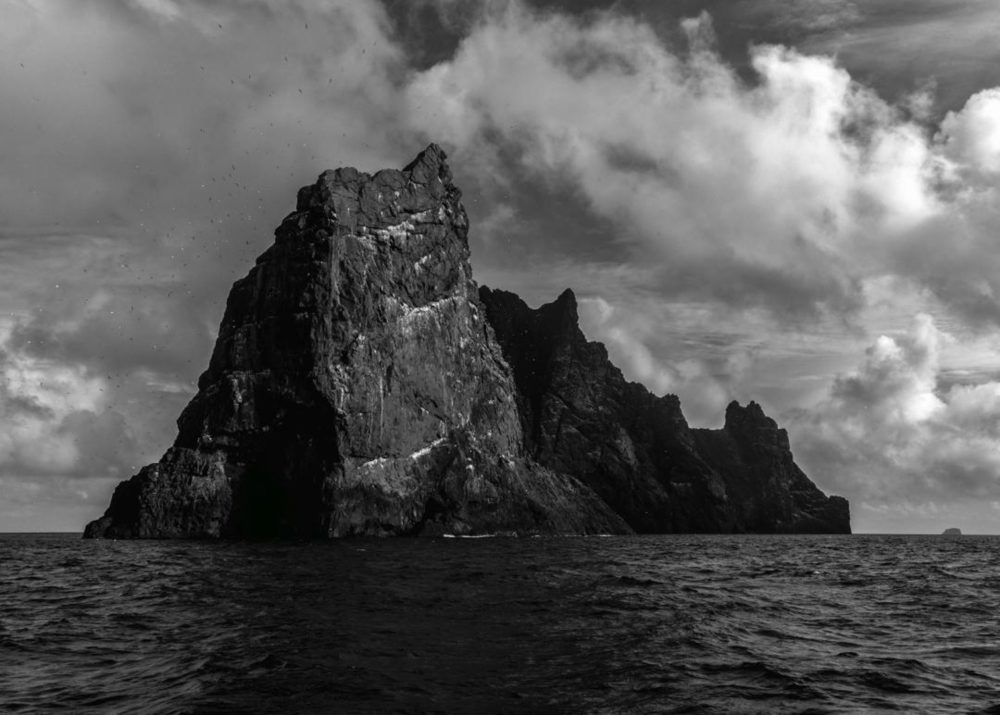
The familiar outlines of the islands appeared on the horizon, and as we drew closer more noticeable signs of modern occupation became apparent, great communication towers crowning the islands highest hill Connachair, and the three-story diesel generator which sits at the heart of village bay providing the island with power. These modern and visible symbols of military presence sit uncomfortably in the eyes of many visitors who come to see the ruins of Village Bay, as they jar with the traditional narrative of the empty landscape, a story oft repeated throughout Scotland and beyond.
It was the inter-relationship between protecting heritage, myth, and Britain’s ongoing role on the world stage as a major weapons producer which led to me returning many times to St Kilda, collecting the images which would eventually become ‘The Silent Islands’.
With a medium-format camera once belonging to Fay Godwin in my pack, I would quietly walk across Hirta, working slowly from the hills above Village Bay, or in the valley of Gleann Mor beyond, my eye drawn to plane wreckage, strange military installations, as well as structures both ancient and modern built by the St Kildans themselves.
Taking its name from St Kilda’s role as a missile tracking and monitoring station, and as a place whose true narrative is often concealed, ‘The Silent Islands’ does not attempt to critique the role of the MoD on the islands, or to further add to the romantic myths of the archipelago. It attempts to show the complexities and tensions between land usage in Scotland, of military occupation, the pressures of tourism, conservation, and of the stories we tell each other about remote places.
Selected images from Alex’s St Kilda – The Silent Islands series are shown below
Poet Gerry Cambridge reads his poem Prism – (In Memory of George Mackay Brown) which features in the new book St Kilda – The Silent Islands, by photographer Alex Boyd.
ABOUT ALEX BOYD
Alex Boyd is an artist, photographer, and curator with, as he openly admits, an obsession with mountains. This fascination manifests itself in his extensive portfolio using historic photographic processes to create images of landscape which capture a sense of place. Alex’s works are held in many national collections including the National Gallery of Scotland, the Royal Scottish Academy and the V&A.
Currently a Fellow of the National Library of Scotland, he is writing and researching his next book, examining the cultural and literary significance of Scotland’s mountains, preparing a personal list of 100 iconic peaks, inspired by a classic mountain text “100 mountains of Japan” by Kyūya Fukada.
The Fellowship will underpin his forthcoming doctorate at Northumbria University in photographic depictions of the Scottish landscape and identity, with a particular emphasis on the Highlands and Islands.
Website: alexboyd.co.uk
Twitter: @alexboyd
CREDITS
Unless otherwise stated, all words and images in this article are © Alex Boyd
EVENTS
Alex will be participating in the Flow Festival, Eden Court, Inverness, in Autumn 2018.
PUBLICATIONS
Alex has recently published a new hardback book of this series, with 192 pages and over 80 images, including a preface by Murdo Macdonald RSA, a hard hitting essay on the myth and reality of St Kilda by Dr Kevin Grant who was the islands archaeologist, and poetry from Gerry Cambridge and Myles Campbell. The book has been carefully designed by one of Scotland’s finest designers Lachlan Young, and is published by Luath Books in Edinburgh.
The book can be purchased from Alex’s website.


